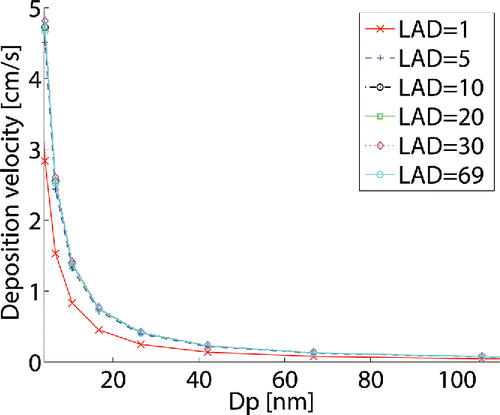Figures & data
Figure 1. Comparison of predicted pressure drop across the vegetation with measurements of Huang et al. (Citation2013) for LAD of 263 .
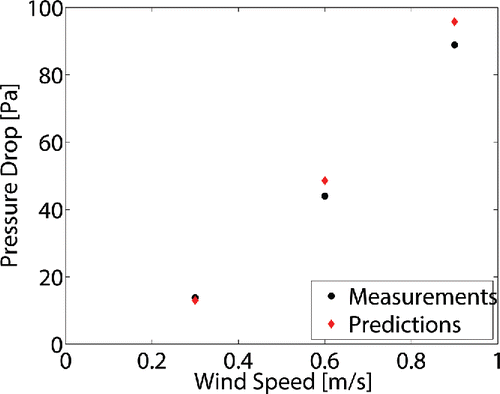
Figure 2. Comparison of predicted particle penetration efficiency with measurements of Lin and Khlystov (Citation2012) for wind speed of 0.3 m/s and LAD of 69 . Results for wind speeds of 1.0 m/s and 1.5 m/s are provided in the online supplementary information. No Model results are for case when wake turbulence model was not used.
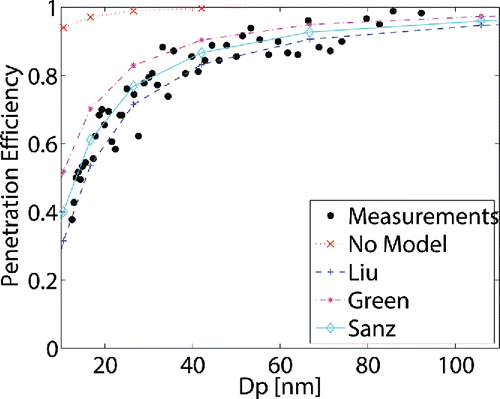
Figure 3. Comparison of predicted particle penetration efficiency with measurements of Huang et al. (Citation2013) for wind speed of 0.3 m/s and LAD of 263 . Results for wind speeds of 0.6 m/s and 0.9 m/s are provided in the online supplementary information.
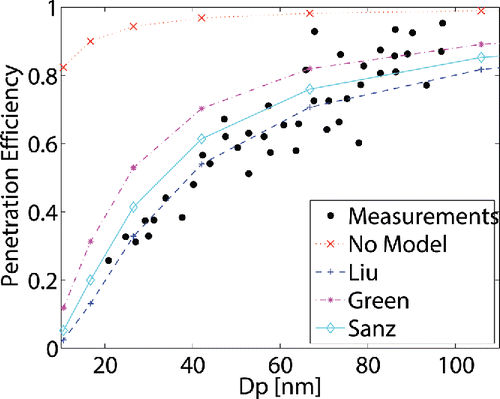
Figure 4. Comparison of predicted particle penetration efficiency with measurements of Lin and Khlystov (Citation2012) for wind speed of 0.3 m/s, LAD of 69 , and two different values of the deposition velocity model constant γ obtained using wake turbulence model of Sanz (Citation2003). Results for winds speed 1.5 m/s are provided in the online supplementary information.
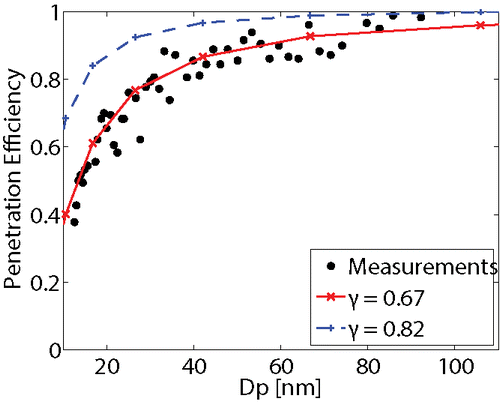
Figure 5. Comparison of predicted particle penetration efficiency with measurements of Lin and Khlystov (Citation2012) for wind speed of 0.3 m/s, LAD of 69 , and two different values of the model constant α for wake turbulence model of Sanz (Citation2003). Results for wind speed 1.5 m/s are provided in the online supplementary information.
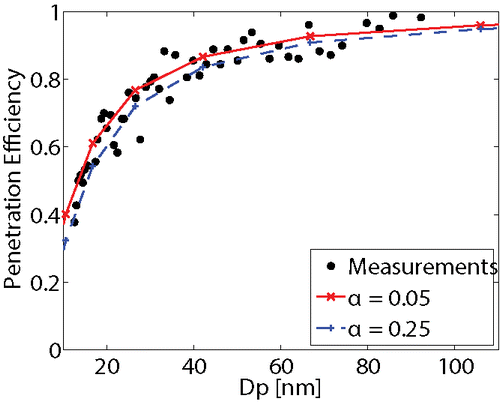
Figure 6. Dependence of measured particle penetration efficiency on wind speed for LAD of 69 (Lin and Khlystov Citation2012). Results for LAD of 263 (Huang et al. Citation2013) are provided in the online supplementary information.
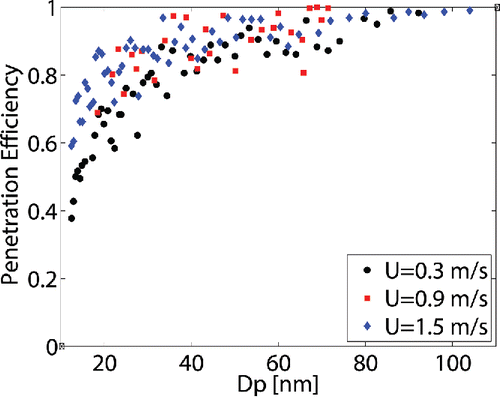
Figure 7. Dependence of predicted particle penetration efficiency on wind speed for LAD of 69 (Lin and Khlystov Citation2012) obtained using wake turbulence model of Sanz (Citation2003). Results for LAD of 263
(Huang et al. Citation2013) are provided in the online supplementary information.
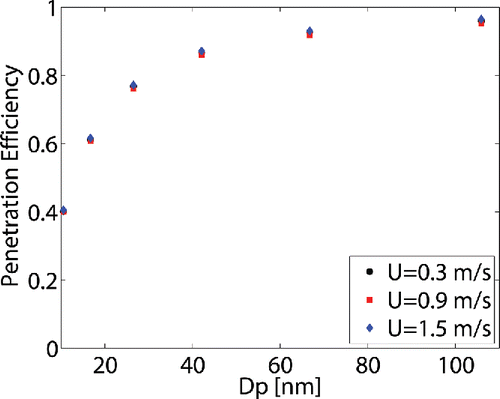
Figure 8. Ratio of predicted friction velocity (u*) and wind speed (U) as a function of wind speed for experimental conditions of (Lin and Khlystov Citation2012).
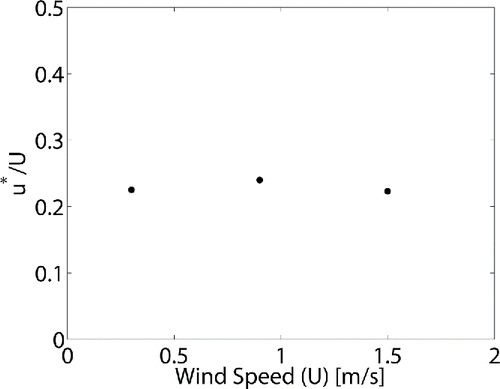
Figure 9. Predicted penetration efficiency for multiple values of leaf area density (LAD) obtained using wake turbulence model of Sanz (Citation2003).
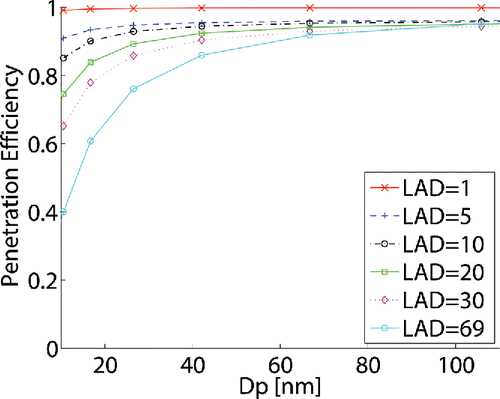
Figure 10. Predicted deposition velocity as a function of particle diameter for multiple values of leaf area density (LAD) obtained using wake turbulence model of Sanz (Citation2003).
